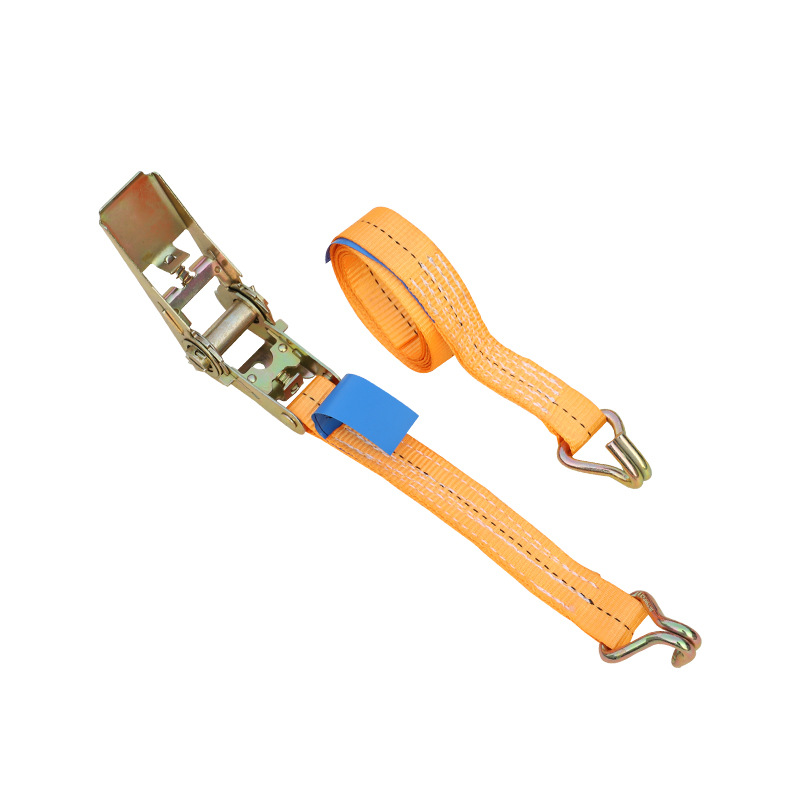
Introduction: When it comes to securing and transporting goods, few tools are as versatile and reliable as ratchet lashing straps. These simple yet powerful straps are widely used in various industries for their ability to provide a secure and tight hold on cargo during transit. In this blog post, we'll delve into the practical aspects of using ratchet lashing straps effectively to ensure a safe and efficient cargo securing process.

1. Understanding Ratchet Lashing Straps:
· Ratchet lashing straps consist of a polyester webbing and a ratcheting mechanism, which allows for easy tightening and securing of cargo. The straps come in different lengths, widths, and load capacities, catering to diverse transportation needs.
2. Inspecting the Straps:
· Before each use, carefully inspect the ratchet lashing straps for any signs of wear, fraying, or damage. Ensure that the ratcheting mechanism is functioning correctly, and there are no defects that could compromise the strap's strength.
3. Choosing the Right Strap:
· Select a ratchet lashing strap with the appropriate load capacity for your cargo. Exceeding the weight limit can compromise the strap's effectiveness and pose a safety risk.
4. Securing the Cargo:
· Place the cargo in the desired position and pass the loose end of the strap through a secure anchor point on the transport vehicle or cargo container. Make sure the strap is not twisted and lies flat against the cargo.
5. Thread and Tighten:
· Thread the loose end of the strap through the ratcheting mechanism and begin tightening. Use the ratchet handle to crank the mechanism, gradually applying tension to the strap. This process ensures a snug and secure hold on the cargo.
6. Locking the Ratchet:
· Once the strap is tightened to the desired tension, lock the ratchet to prevent any slippage during transit. This is a critical step to maintain the integrity of the load securing process.
7. Securing Excess Webbing:
· After tightening, secure any excess webbing by winding it around the ratchet or using additional straps or rubber bands. This prevents the webbing from flapping or causing distractions during transport.
8. Regular Monitoring:
· Periodically check the tension of the ratchet lashing straps during transit, especially on long journeys. If any slack is noticed, re-tighten the straps to ensure continuous security.
Conclusion: Ratchet lashing straps are invaluable tools for ensuring the safe and secure transport of goods. By understanding their proper usage, regularly inspecting them for wear, and following the recommended procedures, you can harness the full potential of these straps to streamline your cargo securing processes. Whether you are a logistics professional or a DIY enthusiast, mastering the art of ratchet lashing straps is a skill that ensures both safety and efficiency in the transportation of goods.